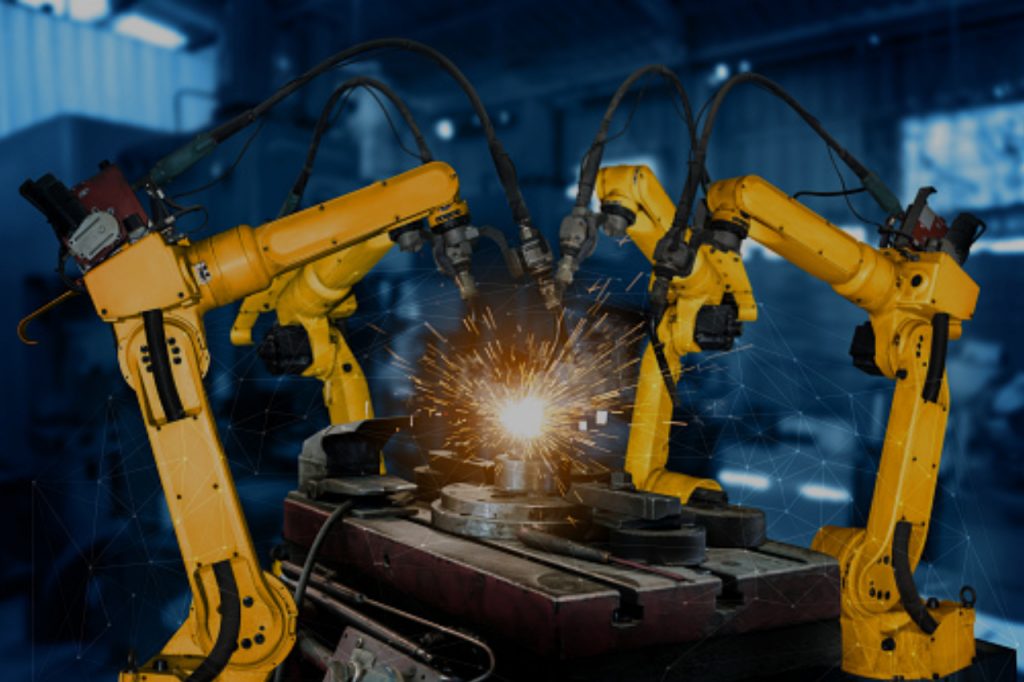Electronic Components: A Complete Guide to Marine Industry

The maritime industry uses computers and cyber-dependent technologies for navigation, communications, ship systems monitoring and control, cargo transfers, access control, passenger and cargo screening, fire detection, financial and other business transactions, and other purposes.
Electronic devices classed for use in the marine environment. All electronics used onboard must be designed to fit in the small confines of a bridge and can come in contact with salt water, so they are made to be very water resistant or waterproof. A wide variety of marine electronics are available in the marketplace. Another important part of marine electronics is the navigation equipment. Here compasses, which includes both gyrocompasses and magnetic compasses, make up for equipment that is used by the entire shipping industry.
Lifts and Elevators Repair & Service Industry

An elevator or lift is a type of cable-assisted, hydraulic cylinder-assisted, or roller-track assisted machine that vertically transports people or freight between floors, levels, or decks of a building, vessel, or other structure. They are typically powered by electric motors that drive traction cables and counterweight systems such as a hoist.
The Elevator Control Electronics is a Micro-processor based card for communicating and controlling all the functions of an Elevator. It controls the drives for the door as also the elevator movement. It provides Digital output for display of the car position both in the car as also in the halls.Electric elevators, starts to move through the signal and command comes from the control panel. This elevator moves by friction of the steel rope with a traction pulley through the signal and command from the control panel. It is a mechanism that moves the elevator up, down and horizontally. Lift car works with a counterweight.
Robotic Equipment’s Industry

Robotics is an interdisciplinary branch of computer science and engineering. Robotics involves design, construction, operation, and use of robots. The goal of robotics is to design machines that can help and assist humans. It integrates fields of mechanical engineering, electrical engineering, information engineering, mechatronics, electronics, bioengineering, computer engineering, control engineering, software engineering, mathematics, etc.
